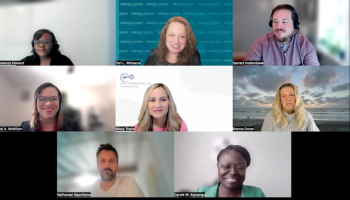
Sterilox Launches Innovative Approach to Fight Pathogens for Food Safety
RADNOR, Pa. -- Food retail and food service markets now have a powerful tool for fighting pathogens and spoilage organisms and for boosting the confidence of consumers and customers.
Sterilox Technologies Inc. has launched the A-2000, the first model in its compact line of generators designed specifically for the food industry. The entire line of Sterilox generators is designed to produce a safe, fast and effective biocide onsite, which works against a wide range of pathogens and organisms that present major safety and health challenges.
Produced from salt and water, Sterilox is safe -- the solution is pH neutral, non-toxic, virtually odorless and tasteless, and is an environmentally friendly oxidant. Using patented electrolytic technology, the A-2000 unit generates Sterilox on demand, eliminating concerns about shelf stability or chemical storage.
Sterilox solutions are effective in a variety of food retail and service uses. Sterilox reduces spoilage organisms associated with fruits, vegetables, seafood and cut flowers. In addition, Sterilox is a hard-surface sanitizer for counter tops, slicers, cutting boards and utensils. The product may also be used in produce misting systems and ice machines to remove bio- films associated with harmful bacteria, such as the organism that causes Legionnaires' disease. Sterilox has been determined suitable for food processing applications by the FDA and has passed EPA surface sanitizer testing requirements.
Generators produce the product on site, on demand, and come in a variety of sizes for commercial application. The A-2000 food model is 2 feet wide and less than 3 feet deep and fits under most sinks, saving valuable floor space.
Sterilox Technologies, Inc. is a leading developer and marketer of sterilization and disinfection generators, and their solutions are based on the proprietary electrochemical activation of dilute brine solutions.
Source: Sterilox Technologies, Inc.
Newsletter
Stay prepared and protected with Infection Control Today's newsletter, delivering essential updates, best practices, and expert insights for infection preventionists.






